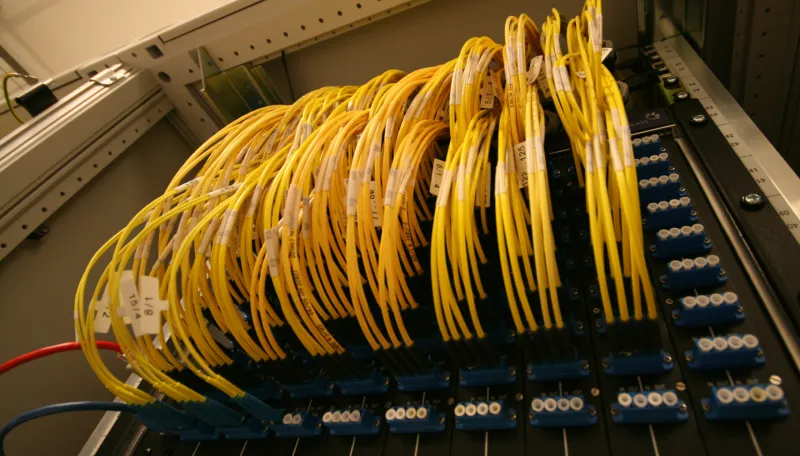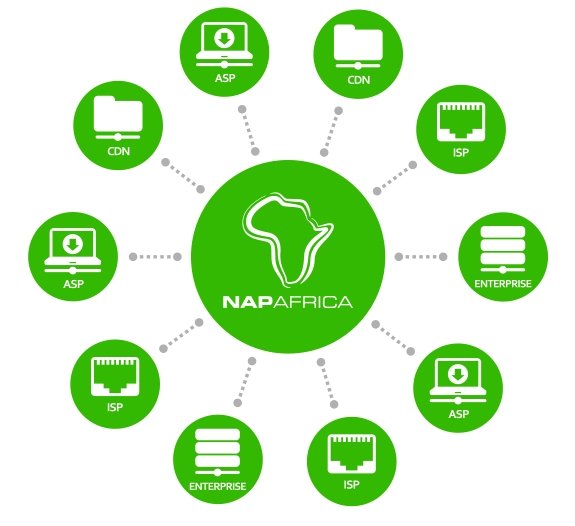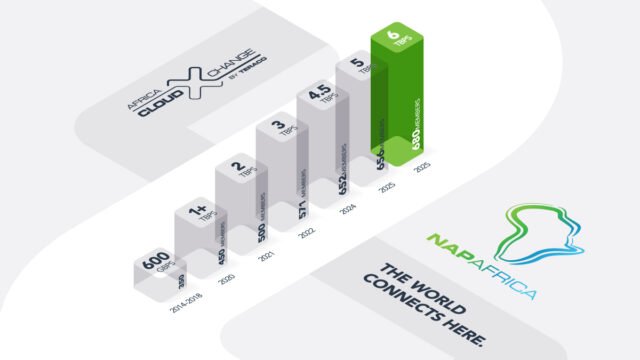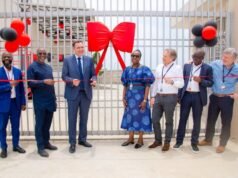When I first heard about the collaboration between Teraco and NAPAfrica, I felt a sense of optimism. For too long, Africa has watched its digital ambitions slowed by reliance on infrastructure outside the continent. Now, with a fresh move in the interconnectivity arena, the story is shifting.
Teraco has rolled out a new partner API for its Africa Cloud Exchange (ACX) platform — a move that empowers systems integrators, managed-service providers and network partners to integrate and deliver cloud interconnect services directly to customers. The API, built to match the globally accepted IX API standard, allows partner organisations to provision connections at the software level once physical access is in place.
Simultaneously, NAPAfrica — a major internet exchange point — has passed a milestone of 6 Tbps of traffic and now boasts roughly 680 networks peering at its points. Hosted inside Teraco’s data-centre ecosystem in Johannesburg, Cape Town and Durban, NAPAfrica plays a key role in keeping local traffic local and lowering latency and cost for operators and enterprises.
From a Nigerian vantage point, this is more than a press release. It’s an infrastructural pivot that speaks directly to connectivity challenges we face—especially latency, inefficient routing and high transit costs.

Table of Contents
What the Teraco and NAPAfrica Partner API Means for the Cloud Ecosystem
For so long, African enterprises and service providers have grappled with indirect access to major cloud providers or having to route data via international hubs. The ACX partner API changes that dynamic.
By conforming to the IX API standard, Teraco’s new interface allows certified partners to create virtual connections on demand between any two participants already physically connected to ACX.
What this means practically:
- A Nigerian MSP (managed-service provider) could build on top of ACX, offering clients direct links to global cloud services (AWS, Microsoft Azure, Google Cloud, etc) without the latency penalty of routing via Europe.
- Enterprises seeking hybrid or multi-cloud configurations now have a more performant path: lower delay, fewer network cost surprises, flexible scaling and access to local cloud on-ramps via Teraco’s network.
- For network operators and CDNs, it means greater control, faster provisioning, and the ability to embed cloud connectivity as part of broader infrastructure services, not just as an afterthought.
In essence, the API becomes a gateway—not just a link—to a better cloud experience across the continent.
Why NAPAfrica’s Growth Matters
While the Teraco and NAPAfrica partner API is the enabler, NAPAfrica is one of the actual pathways by which this infrastructure benefits Africa’s users.
NAPAfrica recently crossed the 6 Tbps traffic mark and hosts 680 networks. More importantly, this growth is happening in a context where much of Africa’s internet traffic historically travelled via Europe, which meant longer routes, higher cost and sluggish performance for regional users. NAPAfrica’s model keeps traffic within the continent, which helps reduce latency and transit fees for ISPs, mobile operators and enterprises.
Here are a few elements worth highlighting from NAPAfrica’s operation:
- The exchange is located in the major South African hubs of Cape Town, Durban and Johannesburg, co-located with Teraco’s data centres.
- The model of peering is generous: free peering, no membership or port fees for ISPs/content providers in many cases — a strong incentive to localise traffic.
- NAPAfrica has also introduced advanced monitoring via Kentik’s Network Observability platform, enabling peers to optimise traffic, detect anomalies and enhance performance.
- It also supports large ports — in earlier material, NAPAfrica offered 400 Gbps interconnects, and has thousands of ports physically available.
For Nigeria and the broader West African region, the significance cannot be overstated. Improved peering infrastructure means that when local content is consumed — videos, games, cloud apps — it can travel through African-centric pathways rather than looping far beyond.

Implications and What to Watch
There are several practical outcomes of this announcement — and a few caveats to keep an eye on if you’re a stakeholder from Lagos, Abuja or beyond.
Positive implications:
- Lower latency & better performance: Enterprises or operators can expect faster cloud access, fewer hops, and improved reliability.
- Cost efficiency: With traffic staying local or within the region, transit costs drop, meaning potential savings for service providers and end-users.
- Faster provisioning & scalability: Thanks to the partner API, MSPs and integrators can spin up connectivity faster, embed cloud links into their offerings, and respond more nimbly to demand.
- Local ecosystem stimulus: As connectivity improves, local cloud adoption rises. This can trigger more innovation, more locally-centric services, and less dependence on foreign routes and infrastructure.
What to watch:
- Physical connectivity still matters: The API works once the physical connection to ACX is in place. For many West African networks, the challenge still lies in getting that link to the exchange.
- Regional inclusion: Much of the infrastructure discussed centres on South Africa. How soon this benefit reaches West Africa (Nigeria, Ghana, etc) will depend on regional fibre, peering points and local network strategy.
- Cost translation: Even though the peering model is free, there may still be costs for service providers to connect side-services (caching, CDN, local POPs). The real benefit will depend on how those costs are passed on to local customers.
- Security & governance: As more networks link up via API and cloud paths multiply, attention to security, governance, routing policies and data sovereignty will be paramount — especially for enterprises handling sensitive data.

Conclusion
In Nigeria, where businesses often wrestle with slow cloud connections, unpredictable latency and higher transit fees, the collaboration between Teraco and NAPAfrica is a welcome development. It signals a tilt towards infrastructure that speaks to Africa’s specific needs, rather than a one-size-fits-all global route.
The new partner API means that local players have a better chance to build, deliver and compete in cloud services. NAPAfrica’s growth confirms that Africa is serious about its peering and exchange capacity — not just as a “back-end” for global traffic, but as a realised ecosystem for local networks, enterprises and users.
As always though, infrastructure is one piece of the puzzle. For this promise to be fully realised in Nigeria (and across West Africa), we’ll need local service providers, regulators, cloud partners and enterprise users to align: invest in last-mile, peering points, caching and adopt practices that make use of the improved links.
For now, let’s note this as a milestone. A new partner API, an expanding exchange — together they suggest Africa’s cloud and internet connectivity is entering a more mature, locally grounded phase. For businesses, tech-SMEs, and digital innovators in Nigeria, this is a signal: conditions are improving, and the door is opening wider for what’s possible.
We’ll be watching closely how quickly this infrastructure translates into lower-cost, higher-performance cloud services for firms and consumers in Nigeria. But even today, the message is clear: Africa is no longer just routing through the world — it’s beginning to build for itself.
Join Our Social Media Channels:
WhatsApp: NaijaEyes
Facebook: NaijaEyes
Twitter: NaijaEyes
Instagram: NaijaEyes
TikTok: NaijaEyes





